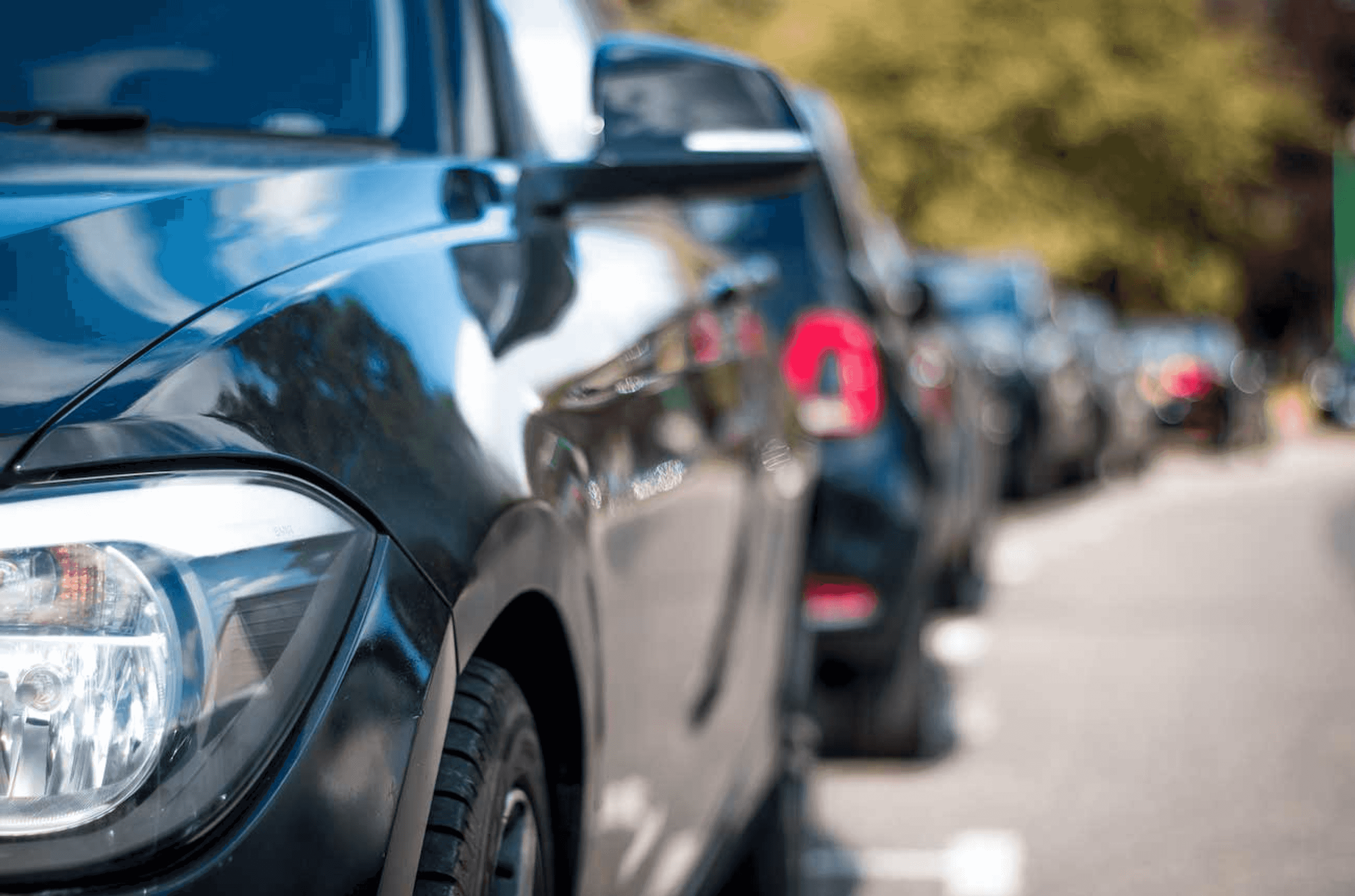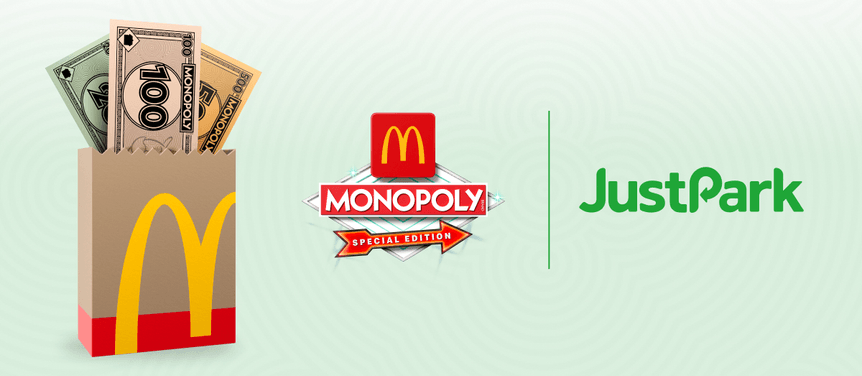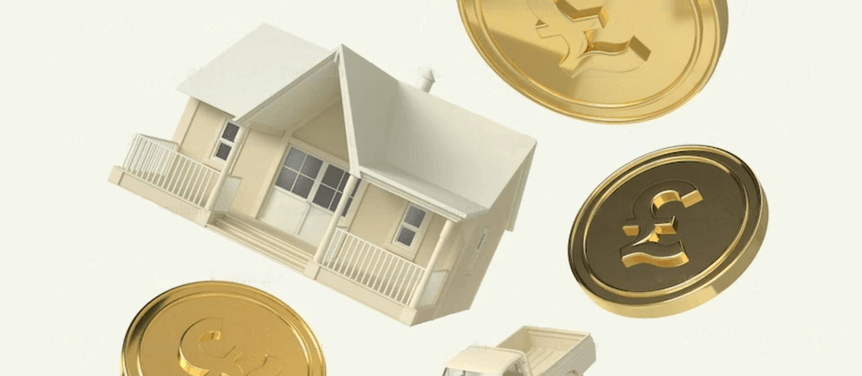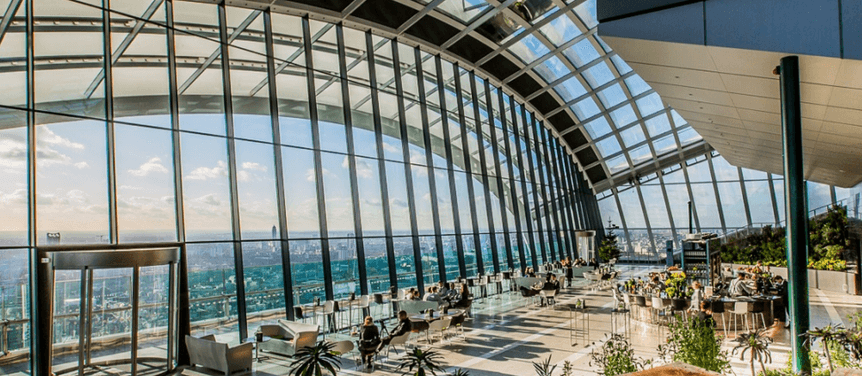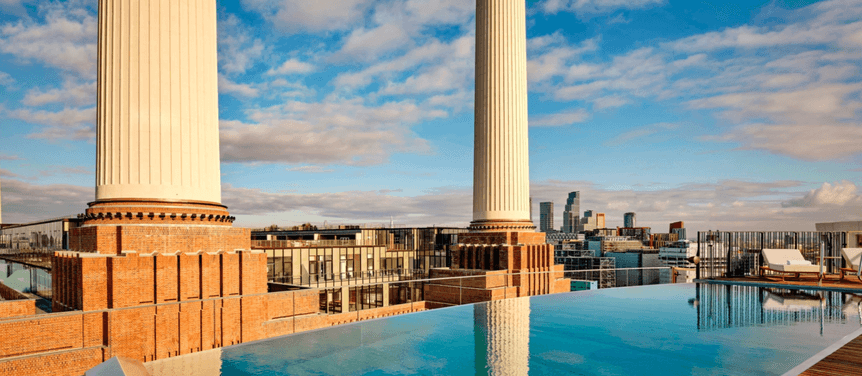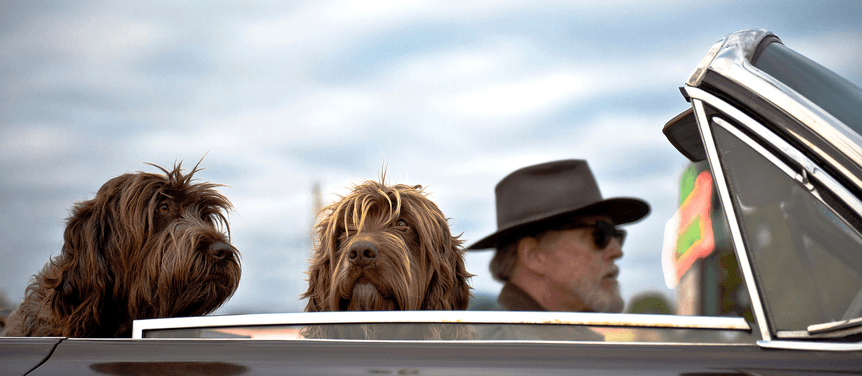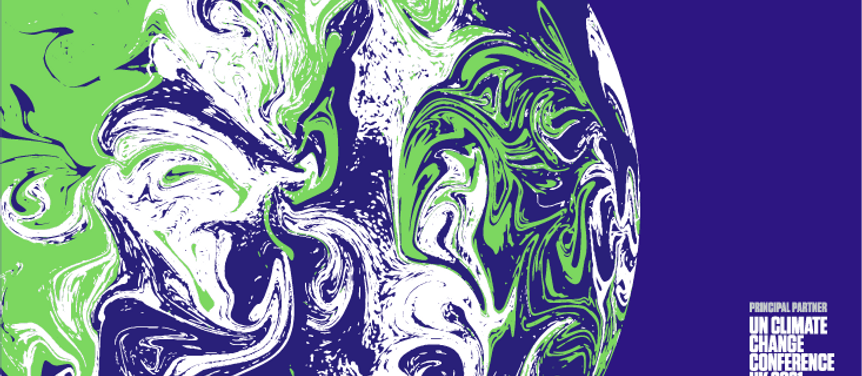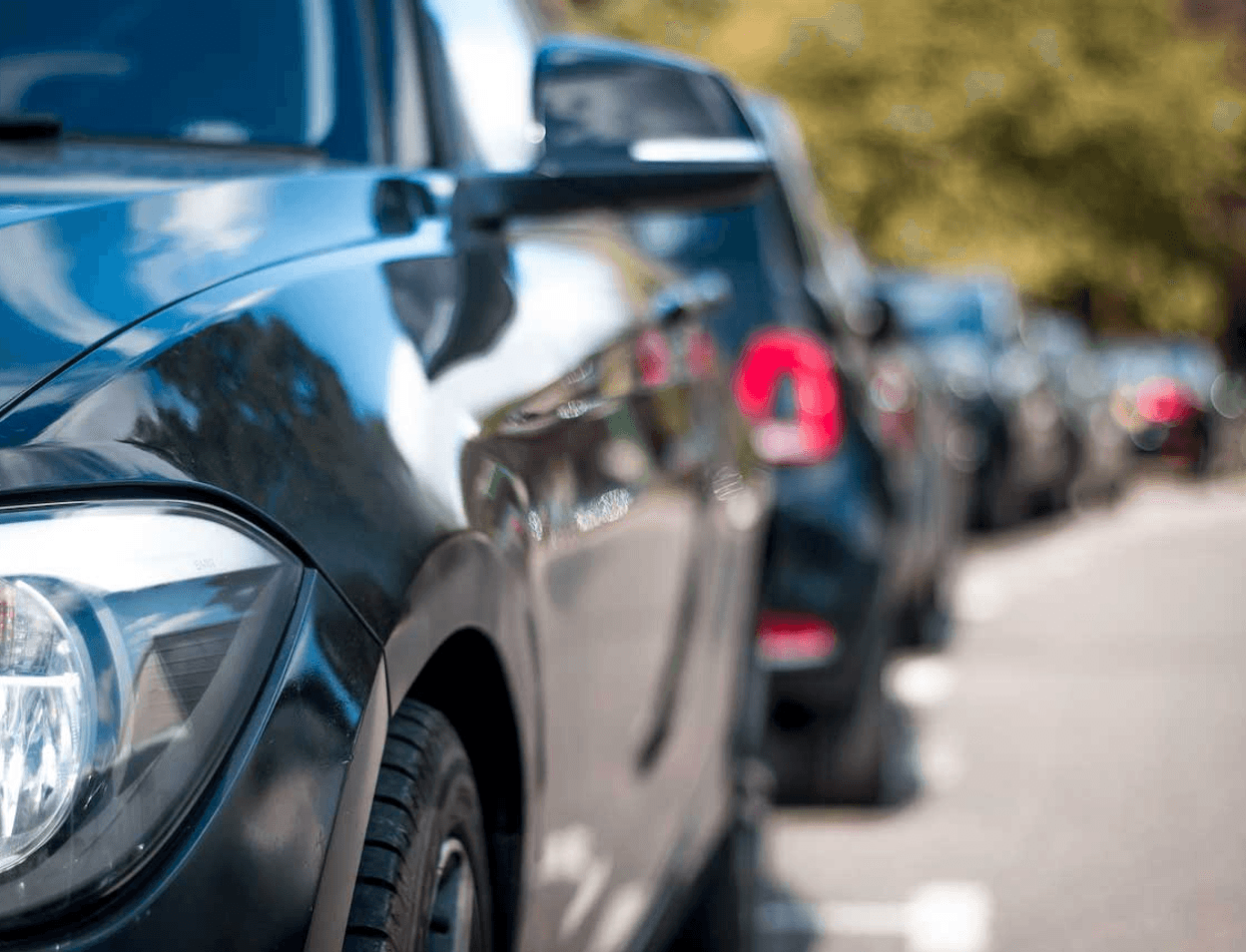
One year on: How COVID has changed the face of parking
One year on from the first UK lockdown Anthony Eskinazi, CEO takes a look at the impact on JustPark and what the future may hold for the parking industry.
As with many things, the future of parking today looks very different to what we were expecting just 12 months ago.
Parking has always been positioned towards the end of the development chain for new technologies. With some notable exceptions, such as Dundee City Council, which has embraced the latest car park technology over many years, take up of smart solutions within the parking sector tends to be slower than some other areas of the transport ecosystem, such as traffic management and vehicles.
The reason for this is that parking has always been something of a safe bet: as long as people are using a vehicle – be it a clattery old diesel, an autonomous EV or an e-scooter – they will always need somewhere to park it. This meant that many car park operators were doubling down on 30-year leases for big locations in towns and cities.
It is also the case that, while operators accepted that modernisation of car park infrastructure had to happen, it was very much seen as part of a long-term plan. There have always been clear benefits to embracing a digital platform to enable contactless, ticketless and pre-booked parking, but this was largely seen as a ‘nice to have’. After all, the tried-and-tested model was working and was profitable – people were parking in busy towns and cities, they would turn up with little planning, take a paper ticket and pay with cash or card.
Demand disappeared overnight
And then Covid-19 hit. Suddenly, the industry was turned on its head. Great parking locations became terrible parking locations, as safe bets for operators, like train stations, airports and event spaces saw a total drop in traffic. Demand for car park spaces disappeared overnight and the industry was left to wonder what the road to recovery may look like.
As the first lockdown passed, we started to understand what the future might hold. In the very short-term, there was a glimmer of hope for inner-city parking locations, as office workers – keen to be behind a desk but reluctant to use public transport – were expected to drive into cities.
However, the time and financial strain on commuters travelling by car quickly became unsustainable, especially in areas like London, where the price of the Congestion Charge was increased, and extended into evenings and weekends. As a result, more people moved to mixed location working – spending some time at the office, but the rest of it at home.
Recovery actually looked relatively uniform in a number of the areas in which we operate. Data from JustPark saw that parking in Cambridge went from near zero in April, to half of pre-Covid levels by the end of June, to full recovery by July. In Dundee, recovery happened a month later, but the pattern was broadly the same.
With more people spending greater amounts of time at home, smaller town centres, villages and rural locations saw an influx of traffic in-between lockdowns. For example, Wyre Forest District Council saw the same quick recovery as Cambridge, but its August usage went on to be 75% higher than pre-Covid levels.
While it’s safe to say that the public is still settling into whatever a post-Covid world might look like, one positive maybe that people spend more time close to home. As a result, we could see a reinvigoration of the local high street, if planners are able to stem the flow of store closures or find new reasons to retain visitors.
Regardless of location, one thing that Covid-19 has changed universally is our willingness to physically interact with public infrastructure. When going on our many lockdown walks, I’m sure we’ve all thought twice about touching the button at a pedestrian crossing, or indeed at a Pay & Display machine in the car park of our favourite nature trail.
It’s difficult to imagine that, with or without Covid-19, we’ll ever want to go back to touching things that other people – strangers – have also touched. Will we be willing to crowd around a parking machine with other people, or use cash at all?
What will be the new normal for parking??
If we do ever revert to our old ways, we expect a slow and measured move backwards, rather than a complete reversal of the status quo in times of Covid-19.
This creates a real and immediate problem for many car park management companies, local authorities, hotels and retail sites, which for many years have relied heavily on physical parking equipment. As lockdown eases and people start to return to retailers, towns and cities, there will be an onus on parking providers to keep people safe, and make them feel comfortable.
Since the outbreak of Covid-19, we’ve seen a significant increase in parking providers switching to our ticketless and contactless parking solutions. This is not only driven by a desire to offer safer and more efficient parking, but also to give operators greater visibility –our JustPark app currently has more than six million users, so the income potential is significant.
Indeed, by June 2020, it had felt like we had done two- or three-years’ worth of digitisation in a number of weeks, future-proofing parking operations that had previously been happy to make do with traditional parking infrastructure.
Of course, while we’ve been focused on accommodating the shift in parking attitudes over the past 12 months, we can’t ignore the stark impact of the pandemic globally. Since the start of the first UK-wide lockdown a year ago today, thousands of families are mourning the loss of loved ones. Many more are struggling with loneliness, isolation, mental health and the ongoing economic uncertainty.
With the vaccination rollout in full swing, however, the light at the end of the tunnel is starting to shine that little bit brighter. Optimism for the future is growing, in both day-to-day life and within our industry. I’m certain that we can use our collective resilience and adaptability to build a positive year ahead.
